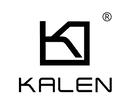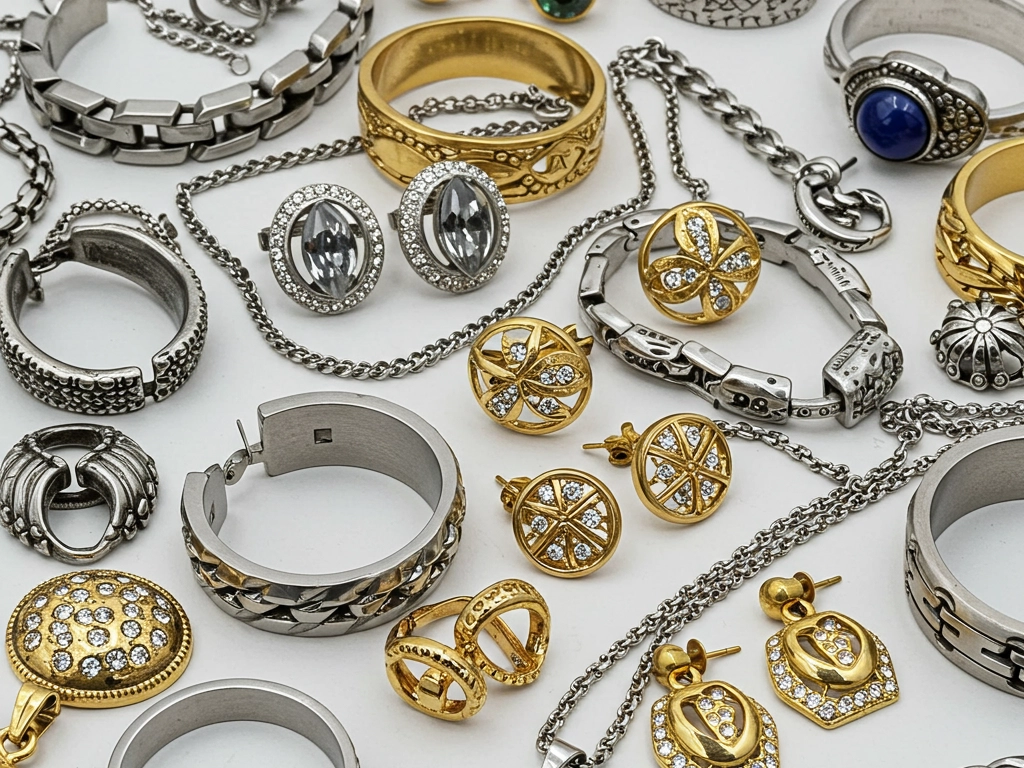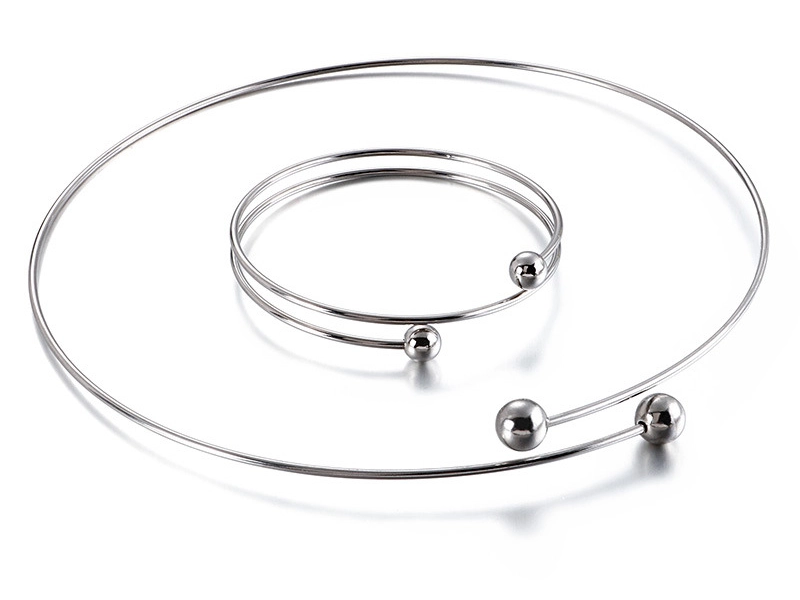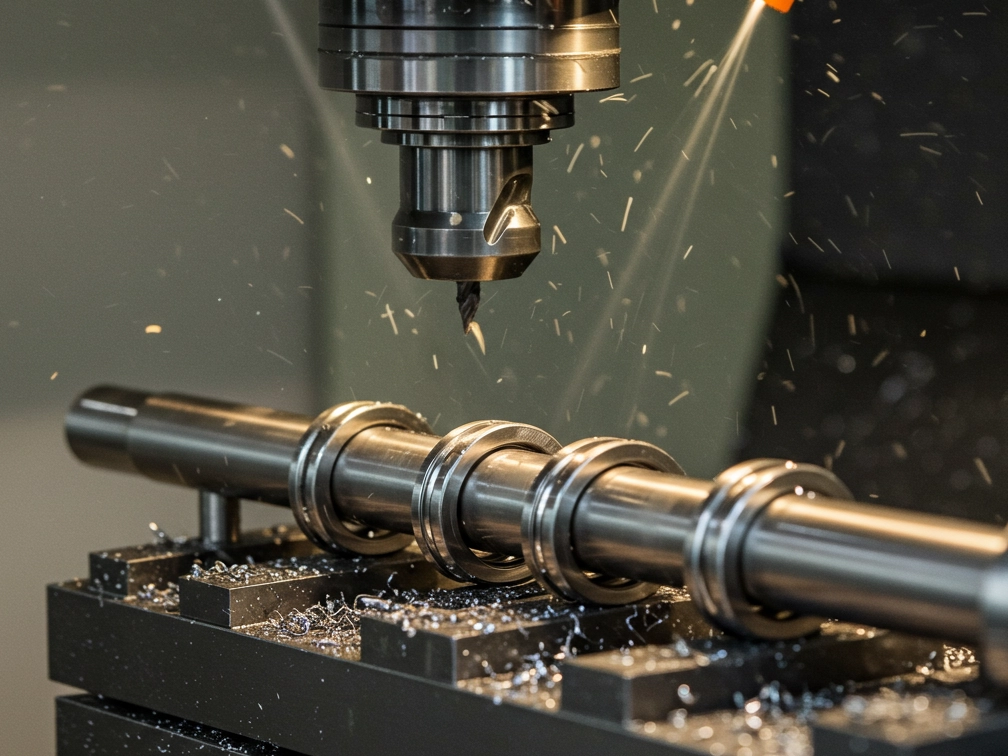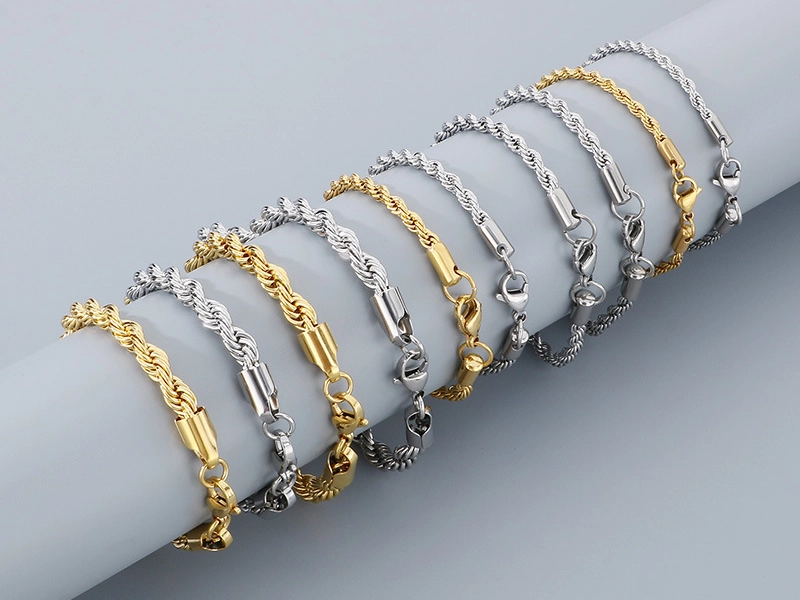
Blog
Is Stainless Steel Hypoallergenic? Critical Facts for Large-Scale Jewelry Brands
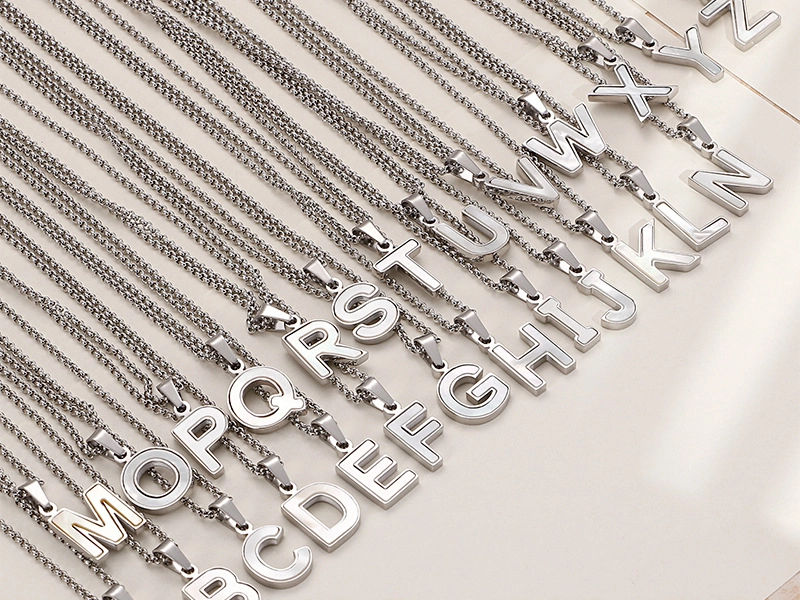
Is Stainless Steel Hypoallergenic? Critical Facts for Large-Scale Jewelry Brands
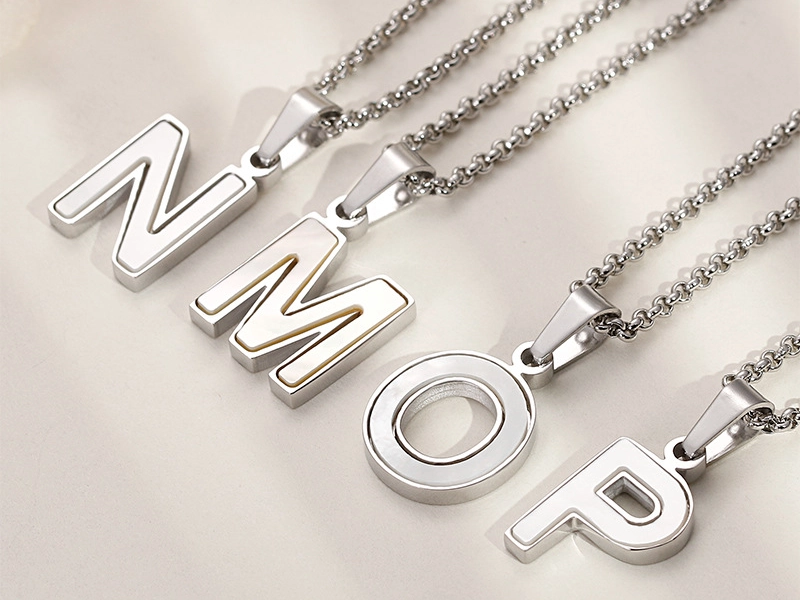
I meet many bulk buyers nervous about nickel allergies. They want verified facts, not guesses. I sense their concern because recalls can ruin brand trust.
Surgical-grade 316L releases under 0.05μg of nickel per square centimeter per week. Standard 304 sometimes exceeds that threshold, creating risks for sensitive users.
I once mishandled surface treatments on a big order, causing unexpected reactions. After that, I refined my entire production approach.
Nickel Content vs Sensitivity Levels?
I learned that nickel release rates define real hypoallergenic performance. Buyers deserve exact numbers, not loose claims.
316L steel meets strict EU Nickel Directive limits if surface-treated. But 304 can exceed safety levels for extremely sensitive skin. Zero-nickel 430 remains an option but may lack corrosion endurance.
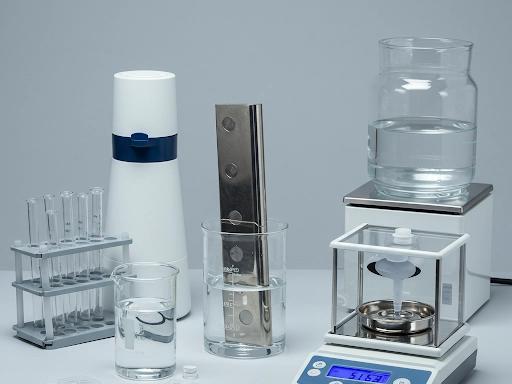
Dive Deeper: Comparing Key Alloys
I rely on ISO 3160-2 sweat tests:
| Steel Type | Nickel % | Avg. Release Rate (μg/cm²/week) | Allergy Risk Level |
|---|---|---|---|
| 316L | 10–13 | 0.04 | Low |
| 304 | 8–10.5 | 0.22 | Moderate |
| 430 | ~0 | 0.00 | Very Low |
I see 316L as the leading surgical grade. Buyers who face strict allergen concerns often prefer it.
Why Are Global Compliance Requirements Important?
Different regions enforce unique chemical safety rules. I make sure my documentation satisfies each standard, so clients ship confidently.
Major tests include EU REACH for nickel, CPSIA for heavy metals in the US, and JIS Z 2801 for antimicrobial safety in Japan. Noncompliance leads to shipment blocks or fines.
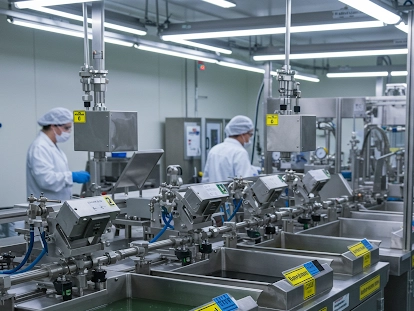
Dive Deeper: Key Documentation
I keep these on file:
| Requirement | Proof Provided | Industry Standard |
|---|---|---|
| TUV Rheinland Tests | Included in Full Set | Partial Elsewhere |
| Material Declarations | Complete History | Limited |
| Conflict Minerals | Yearly Updated | Rarely Offered |
This speeds up customs processing and ensures trust with major retailers.
Which Surface Engineering Strategies Guarantee Hypoallergenic Quality?
Surface treatments significantly reduce nickel release. I discovered that proper finishing transforms borderline steels into safer products.
PVD coatings block direct contact between skin and metal. Electrochemical polishing removes nickel-heavy residue. Passivation sets a stable oxide layer.
Dive Deeper: Treatment Methods
PVD Coating
Extends lifespan by sealing the surface. It can cut nickel transfer by nearly 99.8%.
Sulfurization
Offers an affordable alternative but may require frequent reapplication. Typical effectiveness lasts around two years.
Passivation
Removes free iron, forming a stable chromium oxide film. This reduces nickel release by about 75%.
How Does Production Line Contamination Increase Allergy Risks?
I learned that even top-grade steel can fail if contaminated by nickel-laden buffing wheels or plating baths. Cleanliness is key.
Uncontrolled tooling can embed extra nickel on the surface, raising release rates. Nickel plating cross-contamination also triggers unexpected allergen spikes.
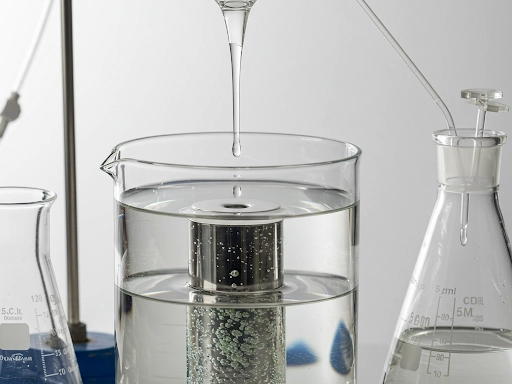
Dive Deeper: Common Failure Points
| Source | Defect Rate | Potential Recall Cost per 10k |
|---|---|---|
| Dirty Buffing Pads | 12% | $41,200 |
| Impure Quench Oil | 9% | $31,800 |
| Mismanaged Nickel Plating | 15% | $53,400 |
I now run monthly ISO 14644-1 audits to maintain contamination-free workshops.
Are There Economical Hypoallergenic Solutions?
I often help clients balance cost with safety. Using 316L exclusively can be pricey. Hybrid approaches keep budgets healthy.
One strategy is combining 316L for skin-contact surfaces with 304 for structural parts. PVD-coating only the ear-post area also saves money while maintaining safety.
Dive Deeper: Cost-Benefit Overview
| Strategy | Material Saving | Allergy Risk |
|---|---|---|
| 316L Key Touchpoints | ~28% | Low |
| Core-Shell Design | ~41% | Moderate |
| Welded 420J2 Clasps | ~16% | Low |
I saw a Canadian brand increase margins by 22% using partial 316L for direct-skin areas.
How to Manage Certificates for Instant Verification?
Global buyers expect on-demand proof. Manual email requests waste time. Automated systems build trust faster.
Digital platforms let clients check TUV or REACH compliance in seconds. QR codes link directly to updated test reports, boosting transparency and preventing disputes.
Dive Deeper: Validation Methods
| Method | Time per Request | Data Accuracy |
|---|---|---|
| Email Chain | 4–5 hours | Medium |
| Portal Access | 15–20 minutes | High |
| QR Code Scan | Instant | Full |
Conclusion
True hypoallergenic stainless steel demands 316L alloys, precise finishing, and strict contamination control. Mixing materials cleverly lowers costs while meeting rigorous global standards.
